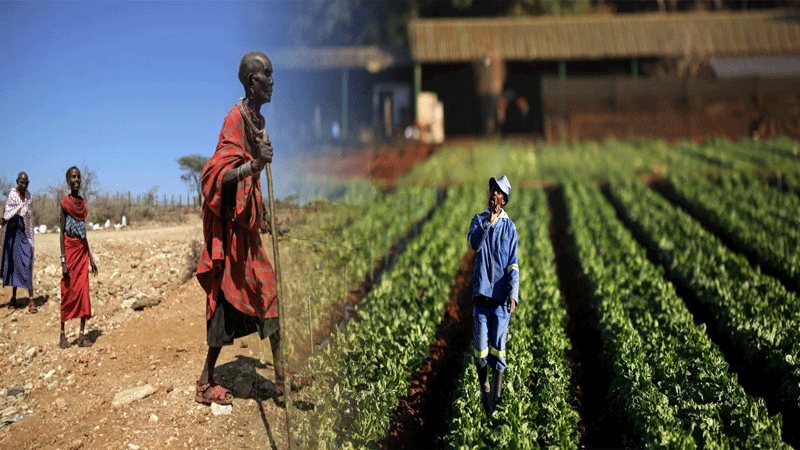Regenerative agriculture in the global south has been slower than in the global north due to lack of access to pesticides and fertilisers.

Enviu, a Dutch venture builder, is advocating for regenerative agriculture methods in East Africa. It involves reducing inorganic inputs and tillage, diversifying crops, integrating livestock, using cover crops, and collecting rainwater.
Regenerative agriculture in the global south has been slower than in the global north due to lack of access to pesticides and fertilisers. Indigenous peoples have been using regenerative agriculture for thousands of years. In Africa, organizations are starting to help farmers transition their farms and improve their livelihoods due to climate change.
Climate change and soil degradation are largely to blame for the production challenges farmers are facing, leading to them falling deeper into poverty. Kenneth Kiunga, the venture builder for Enviu’s regenerative agriculture programme, believes this has resulted in farmers “falling deeper and deeper into poverty”.
Enviu recently conducted a poll with 50 Kenyan farmers in Africa to learn their opinions on regenerative agriculture. The International Union for Conservation of Nature (IUCN) data showed a notable increase in yields in areas where regenerative agriculture projects have been carried out.
The biggest obstacle to farmers adopting regenerative agriculture is knowledge access, which must be presented in a way that simulates a transition rather than just presenting the practises as instant fixes.
“The knowledge needs to be step by step in a way that a farmer can see how they get from the current state of their farm and see what their farm should look like three to four years down the line,” he says.
Kiunga found that farmers need access to knowledge and resources to make the transition. However, they believe there should be a quick market reward for using these techniques.
Farmers expressed doubt about whether the market price for their produce would remain the same as it would for a farmer who didn’t implement these practises. Organic farming has been around for a while, but the market side is still not well developed in Kenya and Africa.
Kiunga suggests making regenerative agriculture at least as cost-effective for farmers as conventional farming, so they don’t need to rely on the market to make up the difference. However, farmers consider the amount of work necessary to switch to regenerative agriculture to be expensive.
Regenerative agriculture is closer to farming in a more natural way, but that’s not the perception that farmers would have.
It has been said that organic farming and regenerative agriculture are interchangeable. The principles of organic farming are frequently the foundation of many of the regenerative agriculture transition curricula or programmes currently available, according to him. Every farmer is eager to use regenerative agriculture, with no hesitation.
Farmers are very enthusiastic about implementing these practises, according to Kiunga. Being centred around interacting with natural systems, they are very familiar to farmers.
Kiunga explains that smallholder farmers who may not be able to afford synthetic solutions to their problems often look around their community to see how they can meet farming goals with what they have.
This farming system fosters a sense of community, and the ability to produce safe food was the main driving force behind farmers switching to regenerative agriculture in the survey. This farming system fosters a sense of community, and the ability to produce safe food was the main driving force behind farmers switching to regenerative agriculture.